Roughcollie
Member
I have a Nikon FM3a and I am considering buy an additional lens for landscapes,I have a 28mm f2 ais lens also a voigtlander 40mm f2 SLII,
I was thinking about 24mm or a 20mm prime lens,has anybody got any thoughts on which would be best.
I was thinking about 24mm or a 20mm prime lens,has anybody got any thoughts on which would be best.
Robert Lai
Well-known
I had the Nikon 20mm f/3.5, and the 24mm 2.8 AIS.
The 24mm lens has lots of barrel distortion, and flares easily. I know a lot of people love the lens, but I just couldn't. The flare factor was too much for me. Also, the focal length is not too different from your 28mm.
The 20mm is SUPER FLARE RESISTANT - you can shoot this pointing into the sun. Your retina won't appreciate it, but the lens can handle it.
The corners of the 20mm don't sharpen up until you are in the f/5.6 to f/8 range.
Typical Nikkor wide angle barrel distortion.
I 've read that the current Voigtlander 20mm ASPH lens is sharper still, but I don't currently own one.
Also, keep in mind that as the focal length gets shorter and shorter, it becomes harder to accurately focus an SLR. This is the area in which the rangefinder camera excels.
The 24mm lens has lots of barrel distortion, and flares easily. I know a lot of people love the lens, but I just couldn't. The flare factor was too much for me. Also, the focal length is not too different from your 28mm.
The 20mm is SUPER FLARE RESISTANT - you can shoot this pointing into the sun. Your retina won't appreciate it, but the lens can handle it.
The corners of the 20mm don't sharpen up until you are in the f/5.6 to f/8 range.
Typical Nikkor wide angle barrel distortion.
I 've read that the current Voigtlander 20mm ASPH lens is sharper still, but I don't currently own one.
Also, keep in mind that as the focal length gets shorter and shorter, it becomes harder to accurately focus an SLR. This is the area in which the rangefinder camera excels.
Kate-the-Great
Well-known
20mm or wider might make the most sense since you already have the 28- going from 28 to 24 might not seem like so much of a difference- and that would go well with your Voigtlander 40mm!
The Nikkor AI 20mm f/4 or Voigtlander SL 20mm f/3.5 would be good choices I think. Both are optically excellent (I own and use the Nikkor) and very compact.
The Nikkor AI 20mm f/4 or Voigtlander SL 20mm f/3.5 would be good choices I think. Both are optically excellent (I own and use the Nikkor) and very compact.
Jockos
Well-known
For landscapes, something lika a 90/2.8 is great and usually very portable!
sevo
Fokutorendaburando
What is wrong with the 28mm and 40mm? Landscapes don't necessarily need a ultrawide, unless you are a subscriber to the Martin Parr "large litter bin in front of diminutive scenery" school. If you really want it wide, 20mm is less close to your 28mm, and hence less redundant, and the Nikon 20mm (flare free, as Robert observed) is a great lens for that type of landscape...
ferider
Veteran
You have too look far and wide to find a good ultra-wide landscape. You either need very close foreground, or make the sky the main subject of your picture.
A tele (anything between 85 and 200) is much more useful. So I suggest the 105/2.5 or 105/2.8 Micro. My Nikkor landscape kit is 28/2.8, 50/1.8 and 105/2.8.
Roland.
A tele (anything between 85 and 200) is much more useful. So I suggest the 105/2.5 or 105/2.8 Micro. My Nikkor landscape kit is 28/2.8, 50/1.8 and 105/2.8.
Roland.
Tompas
Wannabe Künstler
(...) A tele (anything between 85 and 200) is much more useful. (...)
I fully agree with Roland and Jockos. Buy a short tele instead of an ultra wide angle.
I'm a fan of my 2,5/105mm Nikkor (its also great for portraits/people). On my Bessa T I often use an Elmar-C 4/90 for landscapes; on my Pentax the SMC-A 1,4/85mm.
Wulfthari
Well-known
Nikkor 35-200 zoom and you're set up.
It's heavy on the other side.
It's heavy on the other side.
oftheherd
Veteran
My thoughts are along with those of sevo and ferider on wides. I think things start get objectionably small in the distance. I have 18mm, 24mm, and 28mm primes, and two zooms that go from 18 to 70. When not using a normal lens, 24mm is usually as wide as I go, but 28mm would be more common. That's not to say I haven't found lots of use for the 18mm, I have. But more in cramped quarters
But that is me. If you are sure very wide suits you, go for it.
But that is me. If you are sure very wide suits you, go for it.
Addy101
Well-known
If you ask for a landscape lens, tell us what landscape. Some of my best landscapes are done with an 85mm lens - as others already pointed out. There is a place for 20mm and 24mm, if you're going that way. Just be aware what you're doing. I find 24mm nor here or there but with the wide angle distortion - wouldn't be my choice. I would always go 20mm (or wider) if I went wide.
Also, consider a short tele, might be more useful then you think!
Also, consider a short tele, might be more useful then you think!
btgc
Veteran
>20mm or wider might make the most sense since you already have the 28
rather that and then I more lean towards numerous opinions on tele lens.
rather that and then I more lean towards numerous opinions on tele lens.
Chriscrawfordphoto
Real Men Shoot Film.
For landscapes, I most often find myself using lenses 85mm and longer. I almost never use wides for landscape!

This was shot with a 70-210mm f4 Canon EOS zoom at 210mm on my Canon 5DmkII.

This was shot with the 24-105mm f4L-IS Canon lens at 85mm.

This was shot with the 24-105mm f4L-IS Canon lens at 105mm.
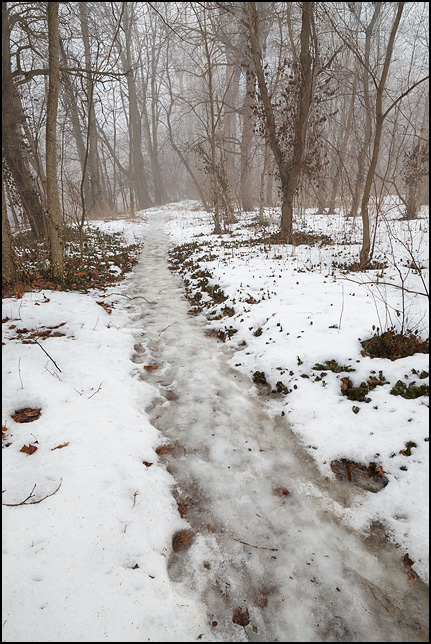
Here's a rare one done with a wideangle. This is with the 24-105mm f4L-IS Canon lens at 24mm.

This was shot with a 70-210mm f4 Canon EOS zoom at 210mm on my Canon 5DmkII.

This was shot with the 24-105mm f4L-IS Canon lens at 85mm.

This was shot with the 24-105mm f4L-IS Canon lens at 105mm.

Here's a rare one done with a wideangle. This is with the 24-105mm f4L-IS Canon lens at 24mm.
kxl
Social Documentary
It's neither a WA nor a prime lens, but the 70-150mm/3.5 Series E is a nice lens for landscapes.
CMur12
Veteran
I'll join the support for a short tele lens to add to what you already have.
My main landscape lenses in the 35mm format are 85mm and 28mm. The 28mm focal length is a wide that I use frequently. Wider than that moves into more "specialized" and less frequent applications (for me). I used to have a 24 - 35mm zoom, but I settled on the 28mm prime instead.
- Murray
My main landscape lenses in the 35mm format are 85mm and 28mm. The 28mm focal length is a wide that I use frequently. Wider than that moves into more "specialized" and less frequent applications (for me). I used to have a 24 - 35mm zoom, but I settled on the 28mm prime instead.
- Murray
Jockos
Well-known
I often use my 50 for landscapes, and sometimes the 21 if I want to emphasis something in the foreground. The 21mm is very difficult to use for something far away, since it makes everything tiny and less impressive.
Three 90mm landscapes:
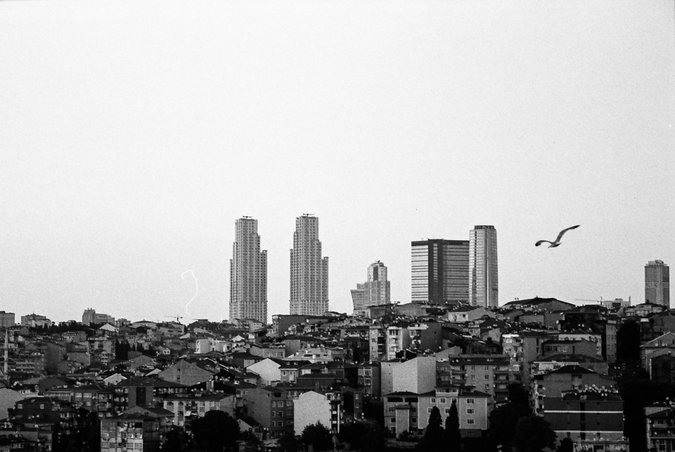
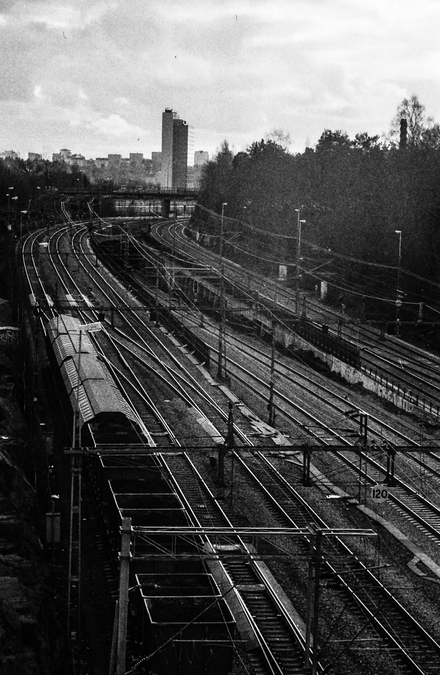
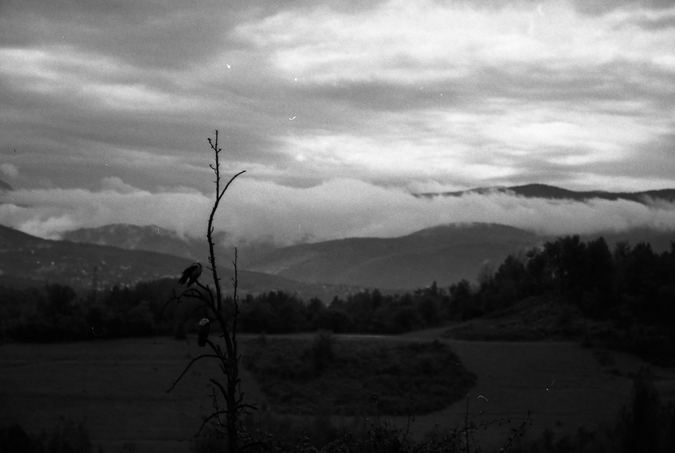
Three 50mm as well:
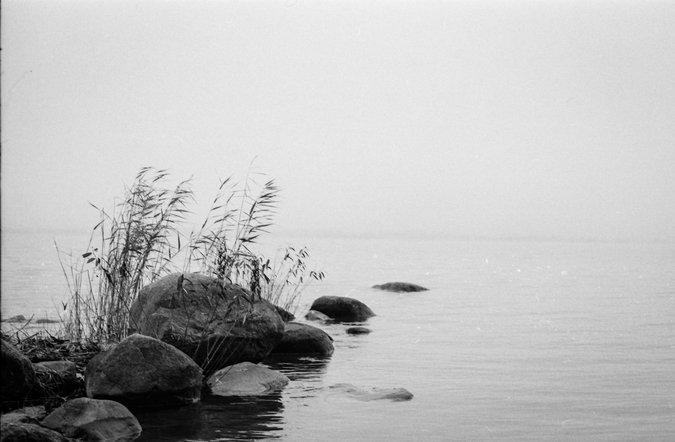

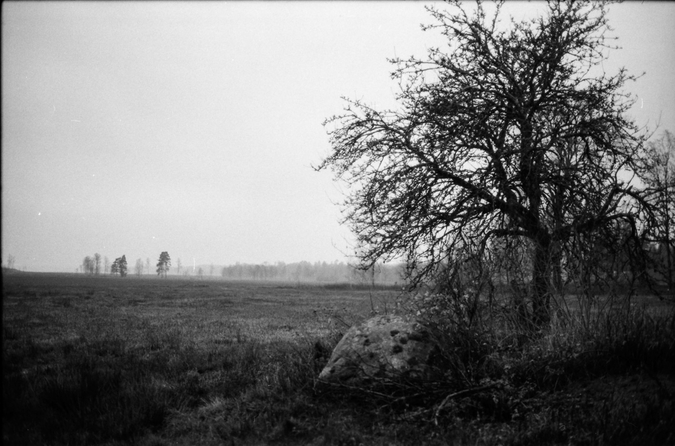
And here's a 21mm as well, the landscape itself is barely visible:
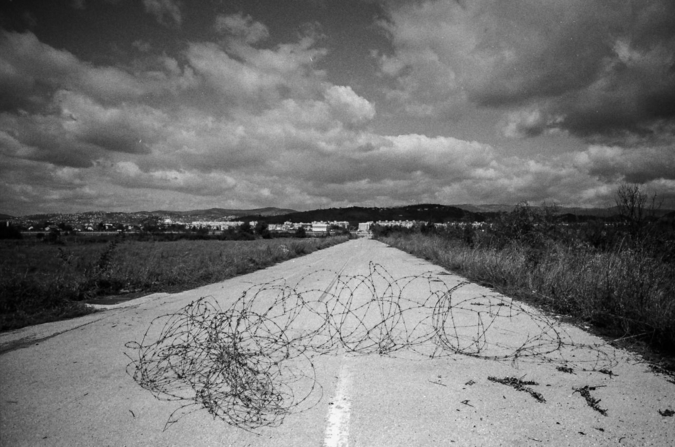
Three 90mm landscapes:



Three 50mm as well:



And here's a 21mm as well, the landscape itself is barely visible:

narsuitus
Well-known
I have a Nikon FM3a and I am considering buy an additional lens for landscapes,I have a 28mm f2 ais lens also a voigtlander 40mm f2 SLII,
I was thinking about 24mm or a 20mm prime lens,has anybody got any thoughts on which would be best.
I shoot most of my landscapes with medium format cameras and a lens that is equivalent to the 28mm lens on your Fm3A. I also use a normal lens that is equivalent to your 40mm Voigtlander. I have never needed another medium format lens for landscape photography.
However, when I need to shoot landscapes with my Nikon F2, I select an 18mm to use with my 28mm. If I had a 20mm, I would select it before my 24mm because the 24 is too close to the 28 for my shooting style.
 Nikon F2 + 18mm lens by Narsuitus, on Flickr
Nikon F2 + 18mm lens by Narsuitus, on Flickrnarsuitus
Well-known
My Nikon F2 landscape lens kit consists of:
18mm f/3.5 (optional)
28mm f/2.8
50mm f/1.8
105mm f/2.8 macro
180mm f/2.8 (optional)
18mm f/3.5 (optional)
28mm f/2.8
50mm f/1.8
105mm f/2.8 macro
180mm f/2.8 (optional)
btgc
Veteran
That's pretty much kit for anything except full throttle wildlife bird shots!
My Nikon F2 landscape lens kit consists of:
18mm f/3.5 (optional)
28mm f/2.8
50mm f/1.8
105mm f/2.8 macro
180mm f/2.8 (optional)
esearing
Established
Landscape is a relative term. Standing 20-30 feet from a waterfall because that is where the dry rock in the middle of the stream is, you need as wide as you can get. Close quarters due to fences/boundaries also comes to mind. I carry a 15mm with my Canon gear. A 20 would usually be adequate . I shoot a 25 on my Leica and find it too wide sometimes for open scenery.
Rob-F
Likes Leicas
I'm in the middle ground here, between the outliers. I am a wide-angle guy, but I remain mindful there is such a thing as too wide angle. I use 15mm, 18mm, 20mm, 24 and 25mm, 28mm, 35mm, 40mm. I have them all. I'm not likely to use anything wider than a 24mm for a landscape. For one thing, a too-wide lens is likely to pickup something I don't want in the composition, such as a utility pole or a road. Even in an area of the Colorado mountains, accessible only with four-wheel drive, there was a weather station that got in the way of using a 20mm.
For another thing, the preceding posts about the way the wide angle view emphasizes the foreground should be studied. To use a very wide lens, you must have something interesting in the foreground! And the foreground should be an integral part of the composition, and not just "there." An exception could be when you are going to crop out some foreground and some sky, to create a wide-screen CinemaScope look.
I use my widest lenses more for cityscapes than for landscapes. But my most successful wide angle shots have a "you are there" look that puts the viewer in the scene. This is most successful when the picture is projected onto a large screen (or I suppose in a very large print). I'll see about posting a couple of examples.
For another thing, the preceding posts about the way the wide angle view emphasizes the foreground should be studied. To use a very wide lens, you must have something interesting in the foreground! And the foreground should be an integral part of the composition, and not just "there." An exception could be when you are going to crop out some foreground and some sky, to create a wide-screen CinemaScope look.
I use my widest lenses more for cityscapes than for landscapes. But my most successful wide angle shots have a "you are there" look that puts the viewer in the scene. This is most successful when the picture is projected onto a large screen (or I suppose in a very large print). I'll see about posting a couple of examples.
Share:
-
This site uses cookies to help personalise content, tailor your experience and to keep you logged in if you register.
By continuing to use this site, you are consenting to our use of cookies.
